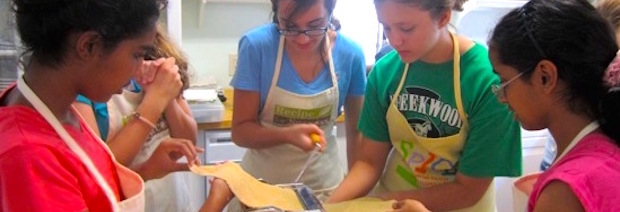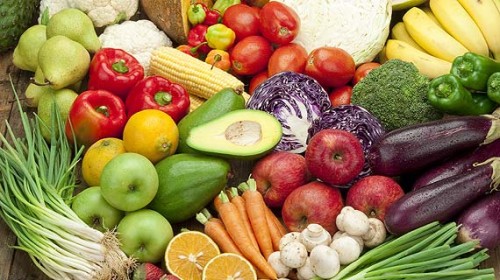"It was exciting to see so many Texans committed to improving the health of our children. The response to our Seed-to-Plate Nutrition Education curriculum and interest in becoming RFS affiliate partners was overwhelming." - Gracie
Gracie presented on Recipe for Success' award winning Seed-to-Plate Nutrition EducationÔ Program, expounding on the success the program has already had in the Houston pilot schools, the reasons behind this success, and the opportunity for other Texas schools to jump on board the program with the National Affiliate Program slated for spring 2013.
Presenting to an audience of teachers, nurses, nutrition coordinators, social workers, government agency staff and community leaders, Gracie had a rapt audience, all of them eager to merge ideas in improving and advancing efforts for healthier schools.
Gracie's presentation gave more than just significant information, it gave a sense of hope and encouragement, it gave assurance to attendees that anyone with the determination to improve their school's health had the power and the resources to do so, starting with the S2P affiliate program. Fielding questions, raising morale and drumming up support for what is truly a national cause - improving campus-wide school health - Gracie, along with other child health vanguards, imparted the necessary tools for health advocates to spread the word and take action to improve our nation's school health.















